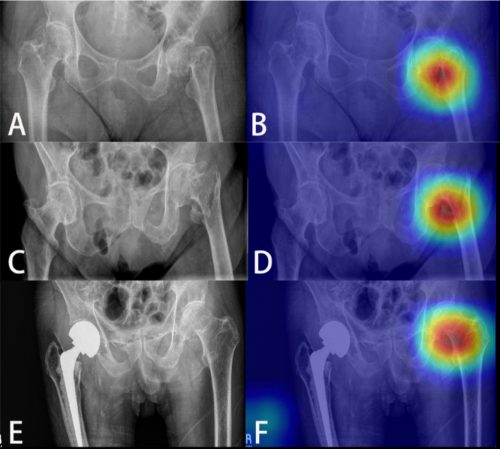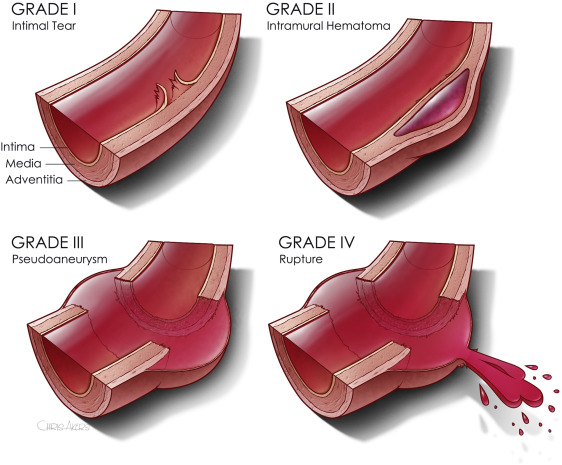Consultants provide very important services to trauma patients in the ED and inpatient settings. The trauma professionals managing those patients can’t know everything (although we sometimes think we do). But occasionally our patients present issues that require evaluation by other experts in order to guarantee excellent care.
Sometimes our consultants want to do too much, or make recommendations that are not really in their area of expertise (e.g. a cardiologist evaluating a cardiac contusion). See the related post link below for tips on this situation.
But sometimes you know what the patient needs, but the consultant doesn’t agree or doesn’t do what you expect. Or they don’t want to come in when called. What to do?
Here are some tips:
The patient is in the ED and the consultant won’t come in to see the patient.
- Are they right? Does that problem really need to be dealt with in the ED in the middle of the night? Many simple fractures and wounds do not need immediate attention. They can be dressed/splinted, the patient reassured, and instructed to see the consultant in the clinic the next day.
- Is your knowledge of current management of the condition correct? Perhaps it has evolved, and it is now commonplace to temporize and deal with the problem as an outpatient during business hours. Make sure you are up on the current literature.
The patient is in the ED and the consultant won’t come in to see the patient, and you are sure that they should! Now what?
- Call them personally (not a resident, midlevel provider, or any other intermediary) and clearly and concisely explain the situation, and your assessment of why the problem needs their immediate attention.
- Listen to or elicit their rationale for not seeing the patient. If legitimate, this may help educate you and modify your future management of similar patients. If the rationale is not legitimate, inform them (tactfully) that this is at odds with your education/training/experience with other providers. Ask them to further explain, if they can.
If they still won’t come in despite what you think is a legitimate need, then you must calculate a quick risk:benefit ratio. Will any patient harm occur if the consultant does not see the patient? And what is the professional damage that you will incur if you move on to the next steps. If you believe that harm will occur, here are your options, from least to most damaging to your professional status at the hospital:
- Contact another consultant in the same or overlapping specialty (if there is one). Apologize for the fact that you know they are not on call, and explain the situation.
- Appeal to a higher authority. Contact the trauma medical director, service chief, or hospital administrator and see if they can intervene.
- Explain to the consultant that you truly believe that harm will occur, and you will have to document that fact in the medical record as well as their failure to respond. In some cases, this will shake them loose, but they will certainly be pissed.
- If all else fails, see if you can find a service that will help you by accepting the patient as an admission so they can be managed appropriately the next day. But then follow through by reporting the event to appropriate people including chief of staff, chief medical officer, VPMA, hospital quality department, and risk management. This is the nuclear option, so be prepared for the fallout.
Bottom line: This is not a fun situation to find yourself in. Good luck!


